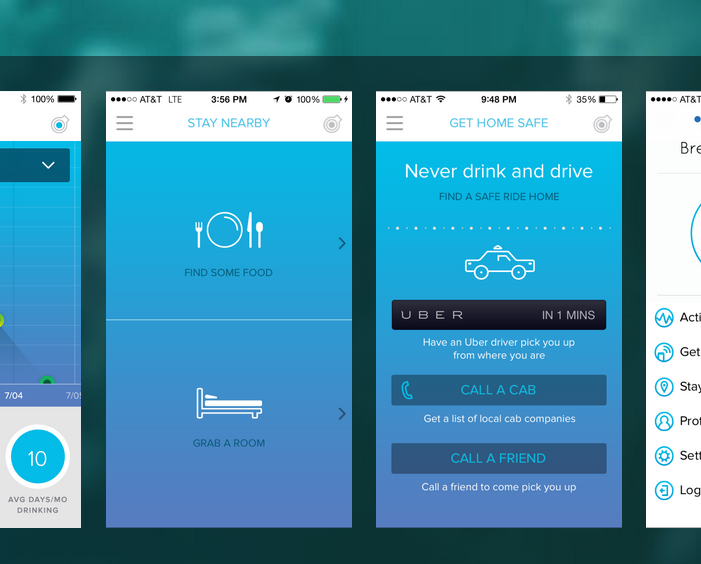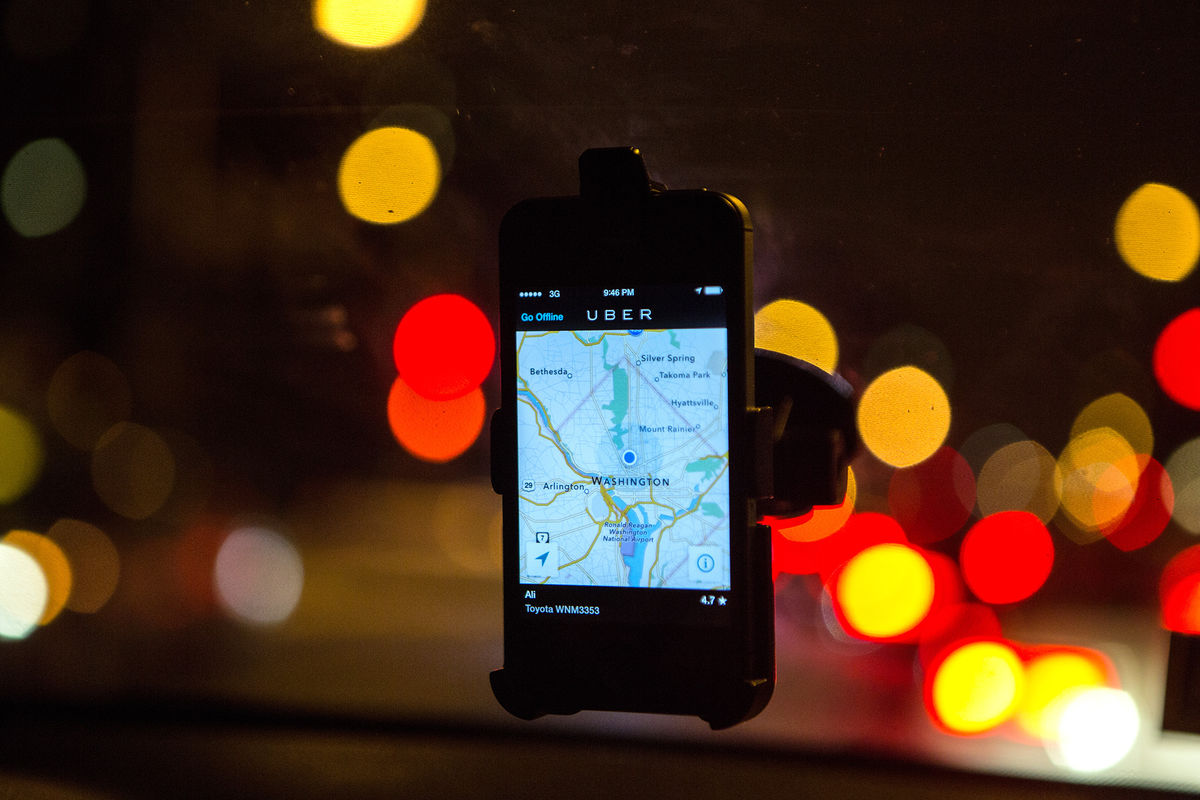A guest post from our Creative Team’s Director of Technology, Jason Fried.
Unless you’re living off the grid, you’ve probably heard of, or listened to, “This American Life’s” (TAL) newest podcast, Serial, from TAL’s producer Sarah Koenig. The response has been unprecedented, passing even TAL in total downloads, and where audiences go, brands follow, with sponsor MailChimp reaping the benefits of sponsorship. Far from being a new trend, however, this model is really just a return to the early days of broadcast.
A brief history of 100+ years of radio
Italian inventor Guglielmo Marconi invented the first commercial radio system at the turn of the century, and a few years later, a Brazilian priest made the first wireless broadcast of a human voice. But it took until 1920—decades after radio was first invented—for the first commercial radio stations to begin to broadcast in the US. By 1933, FM hit the scene, and during the Depression, radio found its way into homes across America. Families were spending their time at home, huddled around the radio, listening to the nightly news and all sorts of new serial broadcasting. There were dozens of programs in different genres, from mysteries and thrillers to soap operas and comedies.
The world was ripe for this type of entertainment. Families were having dinner together and, after, spending time in their sitting rooms, listening to radio, waiting to hear what Orson Welles had cooked up for them. They talked about it at work, at the bar with their friends, and at family gatherings. The medium united Americans: for the first time, we were able to consume the same programming, no matter where we were.
As programming became more elaborate, costs went up and revenue sources were needed, leading to the birth of advertising on the radio. The first “soap operas” were broadcast during day time slots aimed predominantly at housewives, and as you may have already guessed, included ads for soap and other household products. Ad spots were often performed by the cast or the radio hosts, and often perceived as endorsements by the shows themselves. 30- and 60-second spots started appearing in the late 30’s, and by the end of the Second World War, it had grown into a mature segment of the ad industry.
After the second World War, everything changed: radio made its way into cars, while TVs in homes skyrocketed. As a result, stations started programming content that was easy to listen to no matter what time you tuned in. This was a drastic change in the way that stations began to think about content , and it had the advantage of being cheaper. No longer was there a need for actors and folly—a few hosts in a small studio could talk the morning away for a captive audience of drivers and workers. Music and talk radio ruled the airwaves because you could start listening at any time without the feeling of missing out, while soap operas and other serialized content moved to the television.
Enter the podcast
And for 60 years, this was the lay of the land. Music made its way from vinyl, to tapes and Walkmen, to CDs and disc players, and finally, to mp3s and mp3 players, while radio stayed largely the same. In 2000, however, the first ‘podcasts’ made their way onto the web and into mp3 players. By 2004, podcasts had become formalized (and even part of the iPod menu system) and slowly grew as a way for both amateurs and professionals to distribute radio over the internet. Before long, most news organizations were distributing their content in the format as yet another way to capture their listeners’ time.
Ten years later, you can get pretty much any audio information or content you want, when you want it. Podcasting and mp3s transcend space and time in the same way that DVR changed the way we consume television. “Radio” is no longer something that exists to tune into, but a format that, like music, I can take with me and listen to when it suits me. The same way that having radio in the car changed programming, this will change what type of content creators will make.
Serial is just one of the first examples—in the last few months, talk about podcasts has reached a fever pitch. Every day I hear more and more people talking about their favorite podcasts and sharing recommendation with friends. Serial has definitely helped the medium explode — there’s even a podcast, nay, two podcasts, about Serial. Podcasts about podcasts? Yeah. That happened—in addition to a podcast industry newsletter that just started called Hot Pod. But just like early radio programs, these podcasts have a revenue problem. Though they don’t require the same amount of infrastructure, they do need money.
How brands can participate
In other words, we’re back where early radio broadcasters found themselves. While some podcast producers like Roman Mars (founder of the Radiotopia network of podcasts) and Alex Blumberg (Startup) have gone directly to listeners for support, others are turning to traditional advertising formats like sponsorships. Both Mailchimp and Audible have been early adopters to sponsoring podcasts, seeing value from the plugged-in demographics of the medium.
Not all brands are as comfortable with the medium yet, but there are some very simple guidelines to keep in mind:
- Targeting: There are literally podcasts about everything: muscle building, philosophy, comedy, cycling, you name it. As a result, it allows for very specific targeting and allows your brand to connect with a passionate audience.
- Scale: The podcast audience in conglomerate is large, for instance, but each show’s audience tends to be small, albeit very focused. Companies looking for scale should think about scale in terms of exposure over time: you may have a smaller base, but you have an audience that keeps tuning in.
- Format: Podcasts are an ideal medium for native ads. Listening to Startup recently, I loved hearing Alex Blumberg explicitly tell his audience that the sponsored part of the broadcast was beginning as he interviewed the CMO of his sponsor, Mailchimp.
Podcasts are a great opportunity for brands who want to remain relatable to niche audiences and see real brand lift. It seems we’ve come full circle from the early days of radio.
Image: Apple


